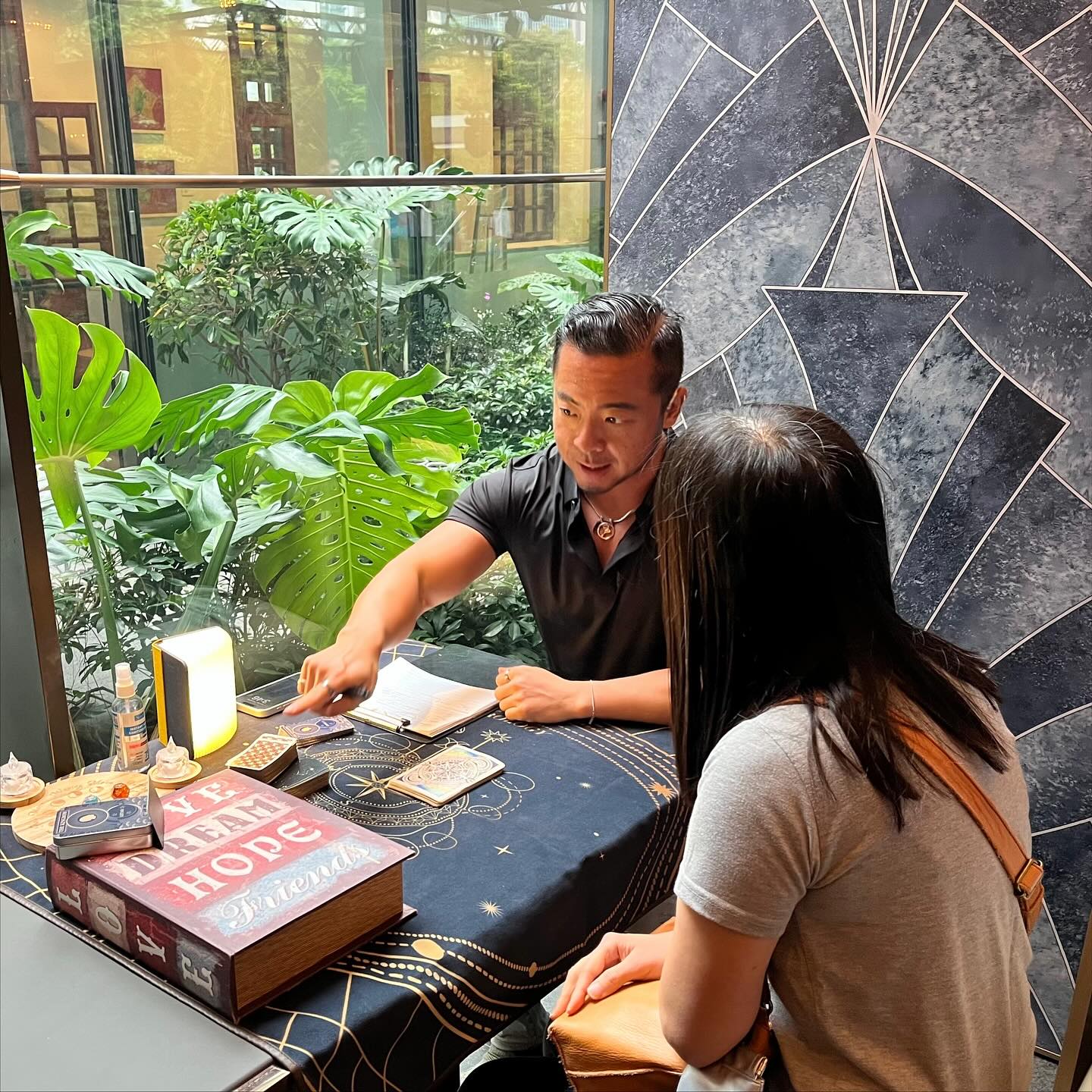There’s no shortage of omakase spots in Hong Kong, but only one place champions fresh local catches: Sushi Zinc. Head chef Zinc Leung talks to Stephenie Gee
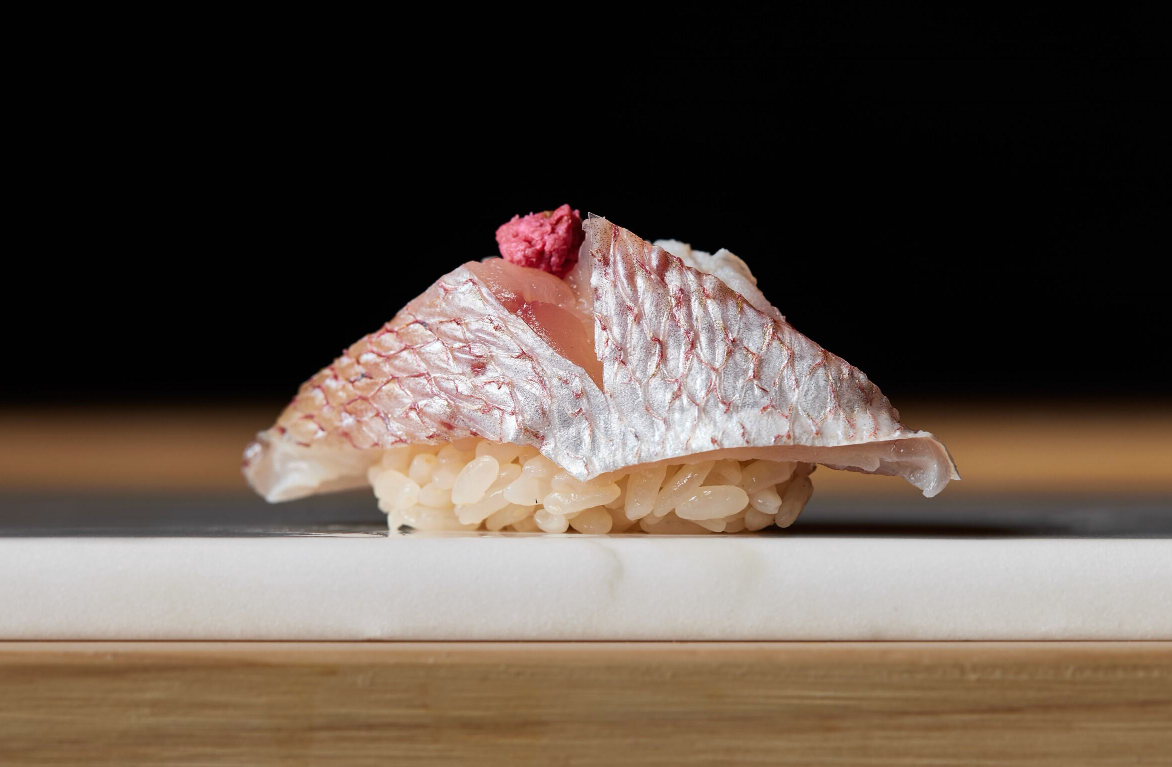
Some say once you’ve had one omakase – the revered Japanese concept whereby one leaves all dishes in the hands of the chef – you’ve kind of had them all. After all, it’s the epitome of premium Japanese produce expressed in a time-honoured tradition. Apart from seasonal offerings and rare creative deviations, the over thousand-year-old culinary craft is not liable to accommodate great change. As a consumer, neither would you want it to.
Enter Zinc Leung. Head chef at omakase restaurant Sushi Zinc, tucked away in an alley in Shau Kei Wan, the 27-year-old has chosen to do things a little differently. Over some 20 courses, he laces Japanese Edomae sushi traditions with Italian interventions, while supplementing Japanese imports with fresh Hong Kong fish (let’s ignore for now that a reverence for uniquely local, seasonal fish is actually quite philosophically in sync with traditional Edo-style practices).

All this is a reflection of his story. After earning his diploma from the Hong Kong Culinary Academy, Leung honed his skills at Italian establishments Gaia Ristorante and Octavium, before finding his calling in the art of Japanese cuisine at Sushi Mori. There, under the mentorship of celebrated chef Mori Tomoaki, he learned Japanese techniques and customs but had no intention of losing himself within the strict codes of tradition. “When I first opened Sushi Zinc, I struggled to define its identity. I had many different opinions and ideas that I wanted to showcase, but it quickly became clear that this was unrealistic for a small establishment,” Leung tells me.
“After discussing with various chefs, I decided that each dish served should be something I genuinely love and believe in, instead of just following trends. It’s essential to trust your own style and dedicate yourself to perfecting each dish. Through a period of exploration,
I gradually established a focus on Japanese cuisine with some Italian influences. Additionally, I use local catches for my sushi – ingredients that guests may already be familiar with – but I present them in ways they may have never tried before, allowing them to rediscover well- known seafood from a fresh perspective, which is one of the unique aspects of our restaurant.”
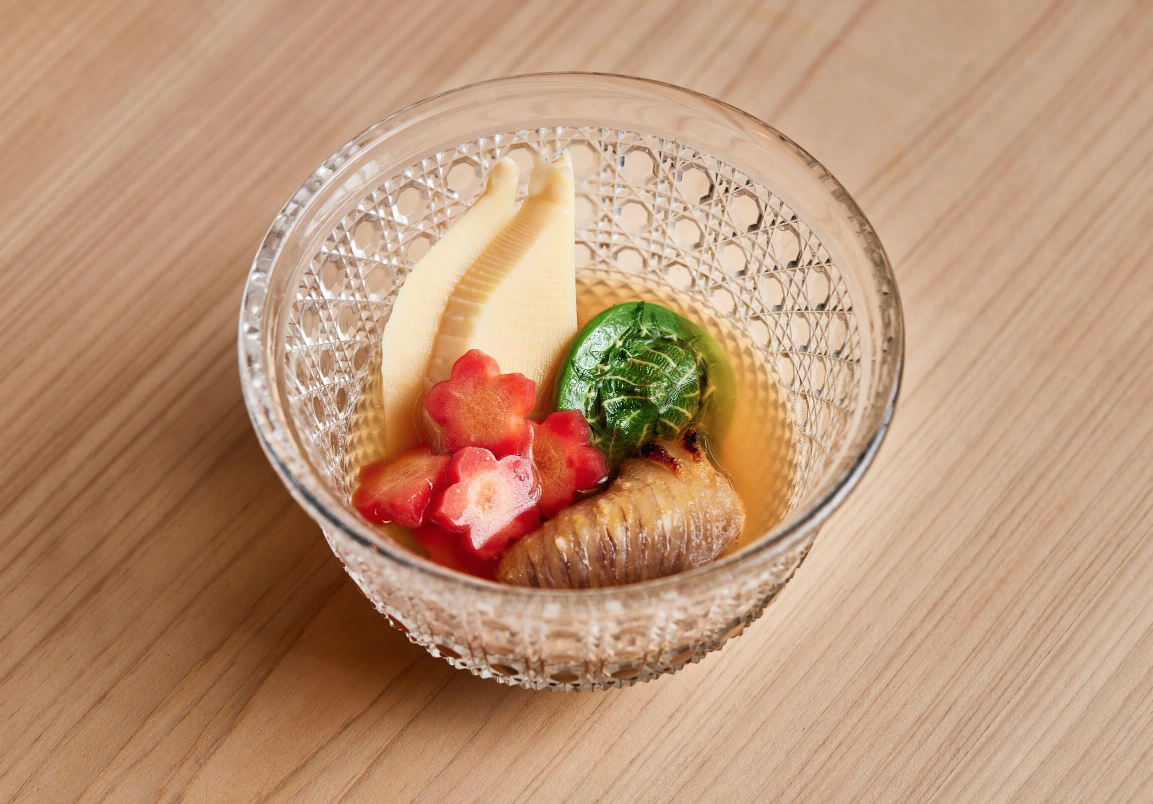
Depending on the season, you might find dishes like grouper sashimi from Po-Toi Island paired with Amalfi lemon, Lamma Island star snapper accented with sudachi, parmigiano-infused chawanmushi topped with Hokkaido sea urchin, and grilled firefly squid from Toyama with Italian puntarelle, served with a dressing using ground firefly squid in place of traditional anchovies. “My understanding of both Japanese and Italian traditions is that they focus on bringing out umami flavours in their dishes. In Japanese cuisine, this is primarily achieved through ingredients like soy sauce, kombu and seafood, while Italian cuisine relies on flavours from cheese, tomatoes and cured meats,” Leung says.
Also see: Ardy Ferguson crowned Winner of the S.Pellegrino Young Chef Academy Competition
Guided by the Japanese philosophy of subtraction, Leung limits each creation to no more than four ingredients. “For me, the essence of the philosophy of subtraction in cooking is encapsulated in the idea that ‘less is more’. But subtraction doesn’t mean a lack of creativity or combinations. Rather, it involves exploring and experimenting with numerous possibilities and then selecting only the most suitable, harmonious and essential options,” he explains. “This approach highlights the best qualities of the ingredients. You’ll see that there are rarely more than four ingredients or elements in my dishes. Especially when using high-quality and fresh seafood, I believe it’s crucial to present the ingredients in a way that showcases their natural flavours and textures. This is my greatest respect for the ingredients.”
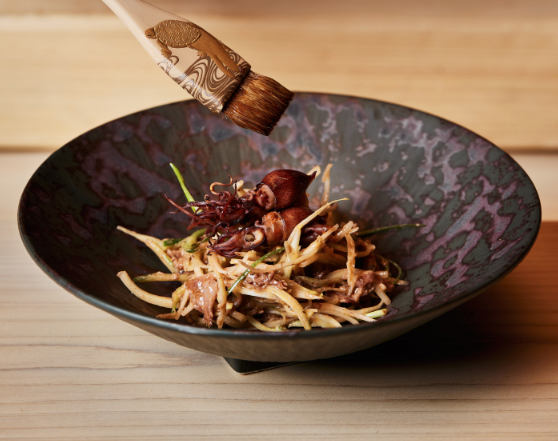
Working with local fish is difficult. There’s a deep- seated belief that foreign species simply aren’t as good as those from Japan. Leung is fully aware of this, but remains undaunted. In fact, he sees untapped potential in local waters. “When using local seafood, some customers have a preconceived notion that its quality is inferior and that it should be cheaper. In reality, high-quality local seafood is scarce and less stable, often making it more expensive than its Japanese counterparts,” says the chef, who works with local seafood supplier Davey Wong, whom he met online, to bring in the best and freshest of local catches. “Many customers have had significant doubts about this. However, I’ve also found that many diners appreciate our commitment to using local catches, which has been reassuring. It’s quite an unexplored territory, and I aim to further venture into this and showcase it to Hong Kong diners and possibly the rest of the world.”
Take the aforementioned Lamma Island star snapper. It’s cool and crisp, and everything you look for in a quintessential Japanese white fish. “When comparing local catches to imported seafood from Japan, it’s freshness and flavour that stand out,” he says. “The local ingredients we handle are typically processed within 12 hours of being caught. My close relationships with local fishermen allow me to gain a deep understanding of the origin, catching methods and post-catch handling of the seafood, ensuring it arrives at the restaurant in optimal condition. As for flavour, the taste of seafood can vary significantly depending on its origin and the waters it comes from. But local seafood tends to have a lower fat content, so it often boasts a more robust flavour compared to its Japanese counterparts.”
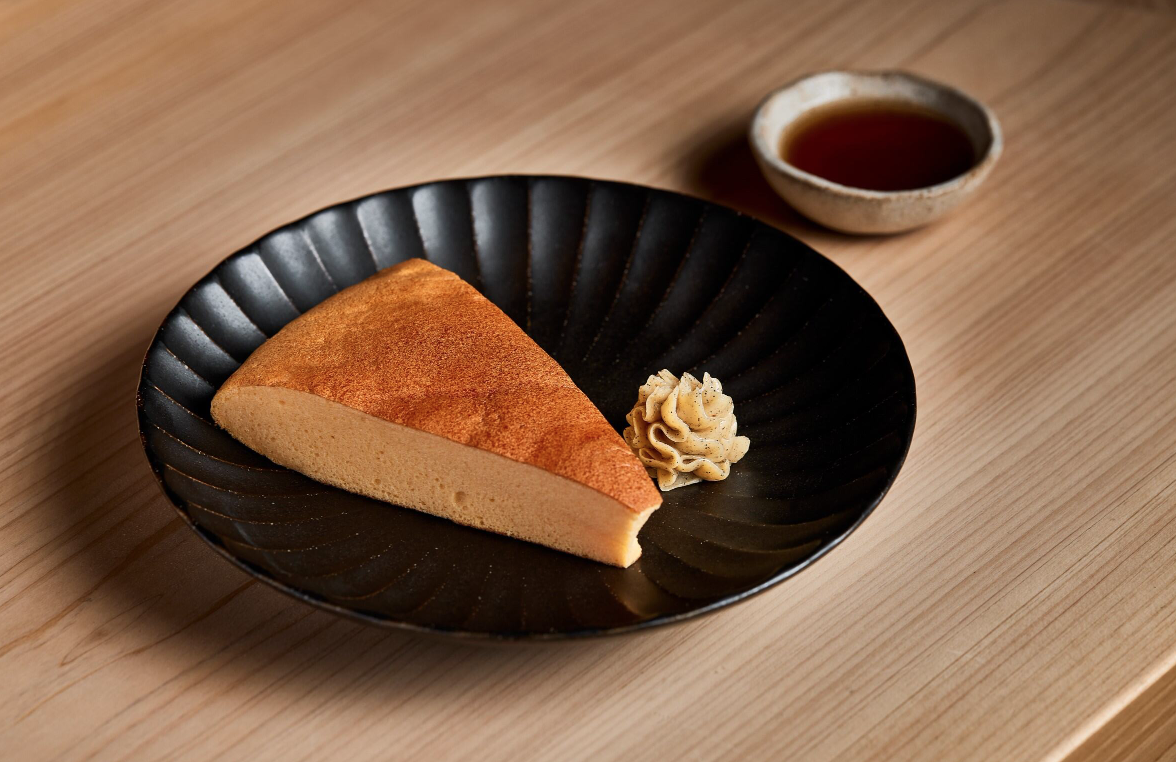
At Sushi Zinc, however, it’s not just about the food; it’s a celebration of Leung’s expertise, creativity, and the intimate connection between him and the diner. “The most challenging aspect of transitioning from Italian
to Japanese cuisine was learning to communicate with customers. In Italian cooking, I primarily worked in the kitchen without needing to explain or interact with diners,” he says. “On my first day working with Japanese cuisine, I found it difficult to prepare dishes in front of customers and introduce the plates. However, over time, I came to appreciate this aspect of the culture. I realised that this interaction is one of the best ways to cook, as it allows for immediate feedback from guests and the joy of sharing those moments with them, whether it’s raising a glass together or witnessing their enjoyment of the food.”
And so Leung strips away much of the formality and austerity that is typical of omakase. “Sushi Zinc is not a traditional sushi restaurant. The atmosphere is relaxed rather than formal. I want my guests to enjoy their meals while listening to my explanations about each dish, understanding the stories behind them and the origins of the ingredients, which adds deeper meaning to their experience,” he says. “I cherish the relationships I build with my guests. I treat them like friends, sharing recent experiences and enjoying each other’s company. I hope they come to the restaurant not just to fill their stomachs, but to truly appreciate the experience.”
Also see: Where to eat in Hong Kong this November


